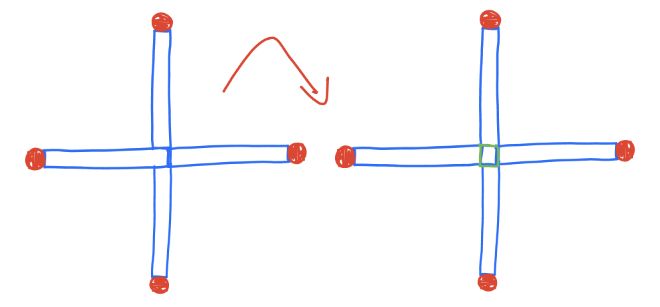A Story about a Scam
Recently, I gave my STEP students the following discussion question.
Puzzle. A long time ago, before anyone had ever heard of ultrasound, there was a psychic who could predict the gender of a future child. No one ever filed a complaint against her. Why?
I based this puzzle on a story I once read. In the story, the psychic kept a neat little journal where she wrote down each client’s name and the predicted gender — except she secretly wrote down the opposite of what she told them. When someone came back complaining that she was wrong, she would calmly open her journal and say, “Oh, you must have misheard”.
This scam demonstrates conditional probability. The satisfied customers never came back; only the unhappy ones did — and those she could ‘prove’ wrong. Understanding probability can help my students detect and expose scams.
My students, of course, had their own theories. The most mathematical one was a pay-on-delivery scheme: if the psychic was right, she got paid; if not, she didn’t. Another innocent idea was for the psychic to keep moving. By the time the babies were born, she’d be long gone predicting future children’s genders somewhere far away.
ChatGPT offered a different explanation: the psychic never said whose future child she was predicting. If the prediction failed, she could always clarify that she meant someone else’s child. After some prodding, the idea evolved and became even sneakier: If the prediction failed, she could always clarify that she meant the couple’s next child, or, if they weren’t planning more children, a grandchild. Another brilliant, but unrealistic idea was to never charge anyone. Hard to sue someone who never took your money.
One student suggested that the psychic wasn’t wrong at all — she was predicting the baby’s true inner gender. In today’s world, rather than in the world before ultrasound, that one almost sounds plausible!
And finally, I’ll leave you to guess one more explanation — proposed, surprisingly, by several students. (Hint: they were disturbingly creative.)
To conclude: I enjoy teaching my students. Understanding probability won’t let them predict the future, but it might make them less gullible.
Share:
